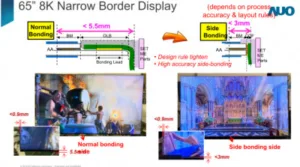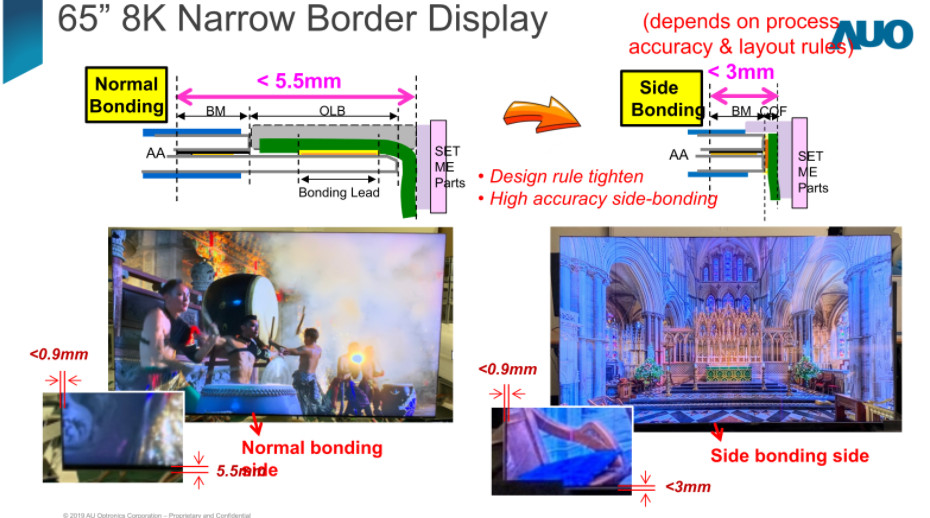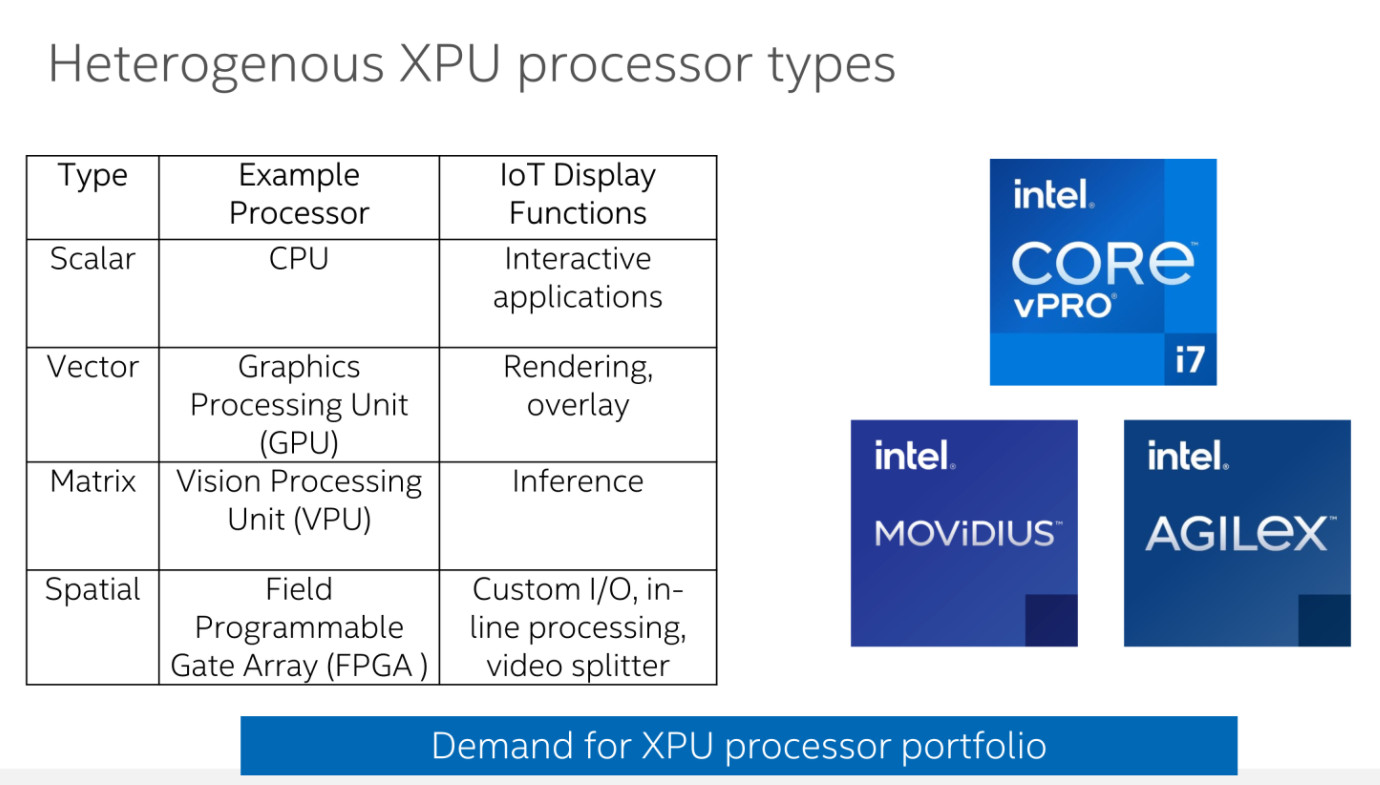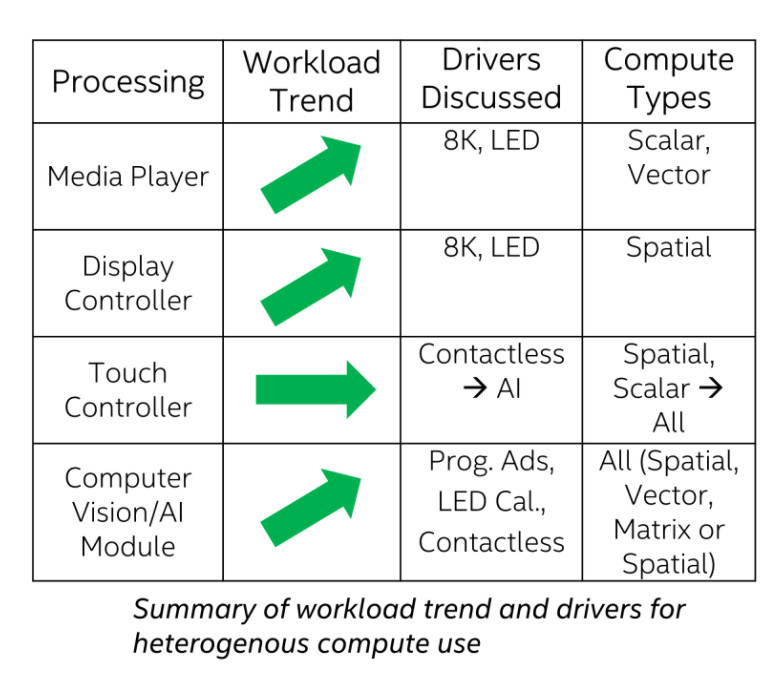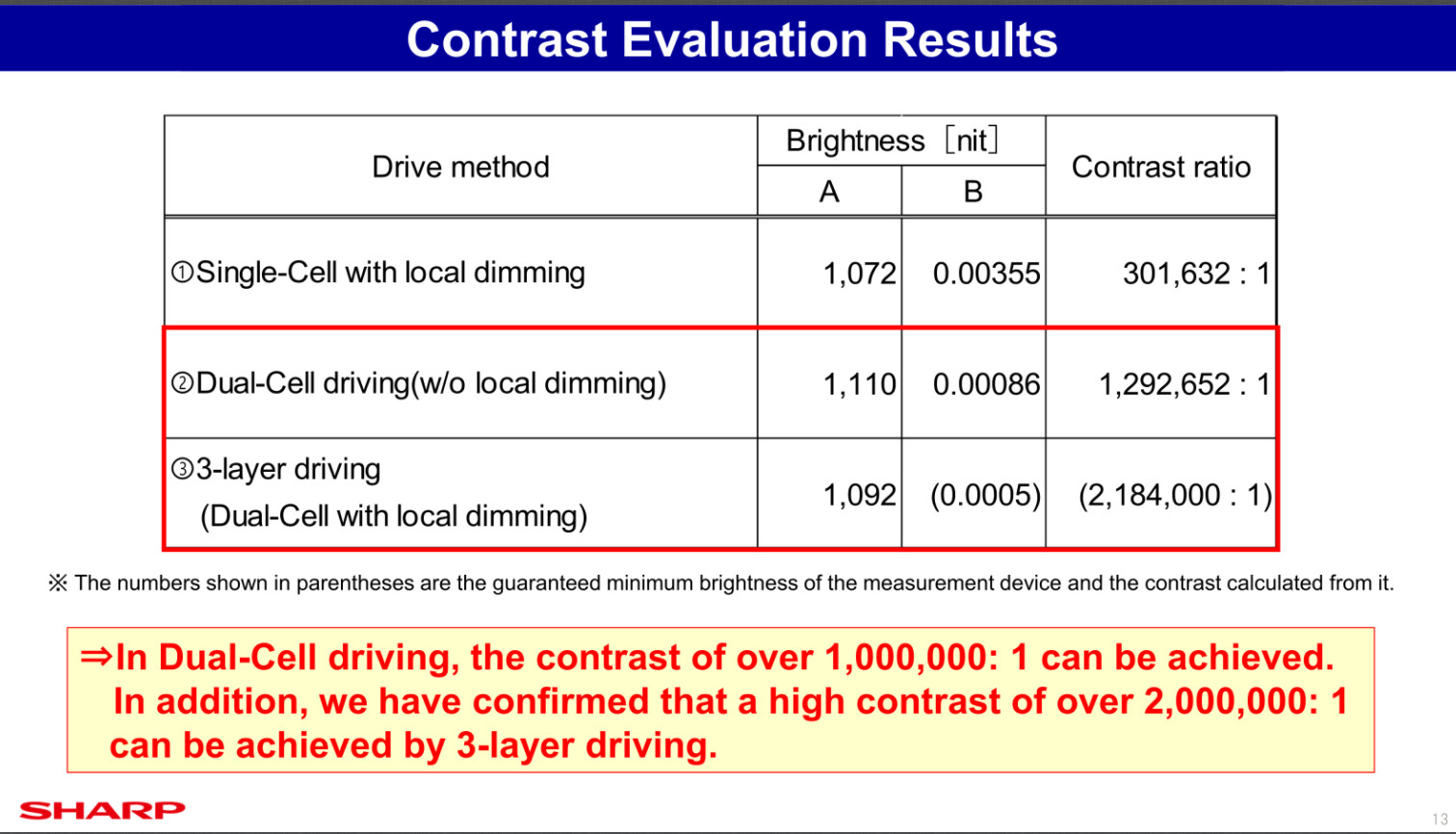The Society of Information Displays (SID) recently had a virtual version of its main annual symposium and trade expo called DisplayWeek. This conference covers a wide range of display topics with some going deep into the display technology weeds. Below we summarize some of the highlights related to 8K displays from the symposium part of the event.
Those interested in more details need to register to access the papers.
13.4 – Adaptive Threshold Method for Dither Noise Reduction in Response Time Acceleration for 8K LCD TV – While HDR 8K content almost always uses 10-bit color, some 8K panels use 8-bit drivers and dithering to render the 10-bit image. Dithering is a technique to slightly change the value of certain pixels either spatially or temporally (typical of flat panel displays). Dithering is often apparent as noise in the darker tones of the image. LCD displays also use an over-driving technique to increase the response time of the liquid crystal to reduce motion blur. This approach uses a frame buffer to look at the previous frame to help calculate the over-drive voltage. Unfortunately, temporal dithering leads to flickering in the dithered elements – adding to the noise. In this paper, the authors describe a method to significantly reduce this effect.
37.2 – 8K Zero Border LC Display – This paper by AUO described an 8K TV panel design with three sides offering a nearly invisible border (0.9mm). Samsung has commercialized this panel in their 65” Infinity Screen 8K TV. The paper describes some experiments AUO conducted to determine the bezel width that becomes invisible given normal TV viewing distances and conditions. Interestingly, thinner bezel widths are more visible in brighter environments. Creating such a thin bezel is also very challenging and the paper describes the manufacturing solution.
43.2 – Automotive 48-inch Pillar-to-Pillar 8K Display – This paper was presented by panel maker TCL CSOT. The display has a resolution of 7680 x 1080 and is 1.2 m wide. Contrast is specified at 1M:1 using an active matrix miniLED backlight with 5096 dimming zones. It is also slightly curved (4200R) with an in-cell touch capability. The display is driven as if it were two side-by-side displays. The display glass may be cut from an 8Kx4K TV panel. The backlight uses TCL’s zero-optical display design, introduced on its TVs at CES 2021. It is composed of four active-matrix mini-LED light guide sections. An innovative thermal design brings the LED heat to the front of the display for better in-car dissipation.
45.1 – A Novel 88-inch 8K OLED Display for Premium Large-Sized TVs – LG Display’s Dr. Hong-Jae Shin discussed their 88-inch OLED TV. He described their backplane technology that uses IGZO and is a 3-transistor, 1-capacitor design with integrated gate drivers and a two-chip driving solution. Dr. Shin described new advancements in their pixel charging time, which is the time needed to reach a certain gray level. This charging time decreases when moving from 4K to 8K displays, thus limiting the brightness the display can achieve. He reported on three techniques they used to improve the charging time. The 88” 8K OLED TV can achieve 150 nits full-screen white and 500 nits for a smaller window, which is well below what 4K OLED TVs are offering. This luminance level appears to be unchanged from the specifications released a couple of years ago, so it is unclear how new this work is.
57.3 – Diversification of Processing Requirements for Large Format IoT Displays: 8K, Programmatic, and LED Walls – Ben Cope from Intel’s Internet of Things group talked about the evolving role of 8K in LED walls and other IoT devices. Cope first described the 4 types of processor types that Intel offers that are optimized for specialized applications.
He next described the roles of these processors in interactive flat panels (IFPDs), kiosks, and digital signage. Turning to the impact 8K will have on processing, he noted that the demand is 128X that needed for FHD because of the increase in resolution, bit-depths (16-bit vs. 8-bit), and frame rates (120 vs. 30 fps). LED video wall canvases are getting bigger and 8K pixels are not uncommon already. He noted that FPGAs are a common choice for the LED controller/processor as well as the controller cards in the interface for the LED tiles that make up the video wall. He summarized his findings in the table below and noted that more details will appear in an article for the May/June issue of Information Display magazine.
45.3 – Ultra High Contrast 8K Dual-Cell Display Based on IGZO Technology – Takehisa Yoshida from Sharp Display Technology in Japan described their effort to produce a dual-cell 8K display. Dual cell displays use two LCD panels with both panels used to modulate the light to achieve very high contrast ratios with a big reduction in halo effects that can result in LCDs with limited numbers of dimming zones. Hisense recently announced a 4K TV using this technology.
Issues with the dual cell approach include low transmissivity, high power consumption, and off-angle viewing concerns – all of which are exacerbated when moving to an 8K front panel. It is a 1000 nits, 31.5” display with an 8K front panel and 4K rear panel. Yoshida-san described their improved rear monochrome cell that increases the transmittance to 30% by eliminating RGB sub-pixel patterning and transistors, new, optimized liquid crystal material, and implements a three-layer modulation scheme (dimming zones, back panel, and front panel).
They measured the contrast using a white corner block on a black background pattern. The results indicate very high contrast was achieved with the three-layer drive scheme.
The team also looked at the haloes for the three methods. They found no halos visible in the dual and three-layer drive schemes. They concluded that the three-layer method had deeper blacks and higher contrast compared to the dual-cell methods, but that this was only visible on very dark sequences. (CC)

